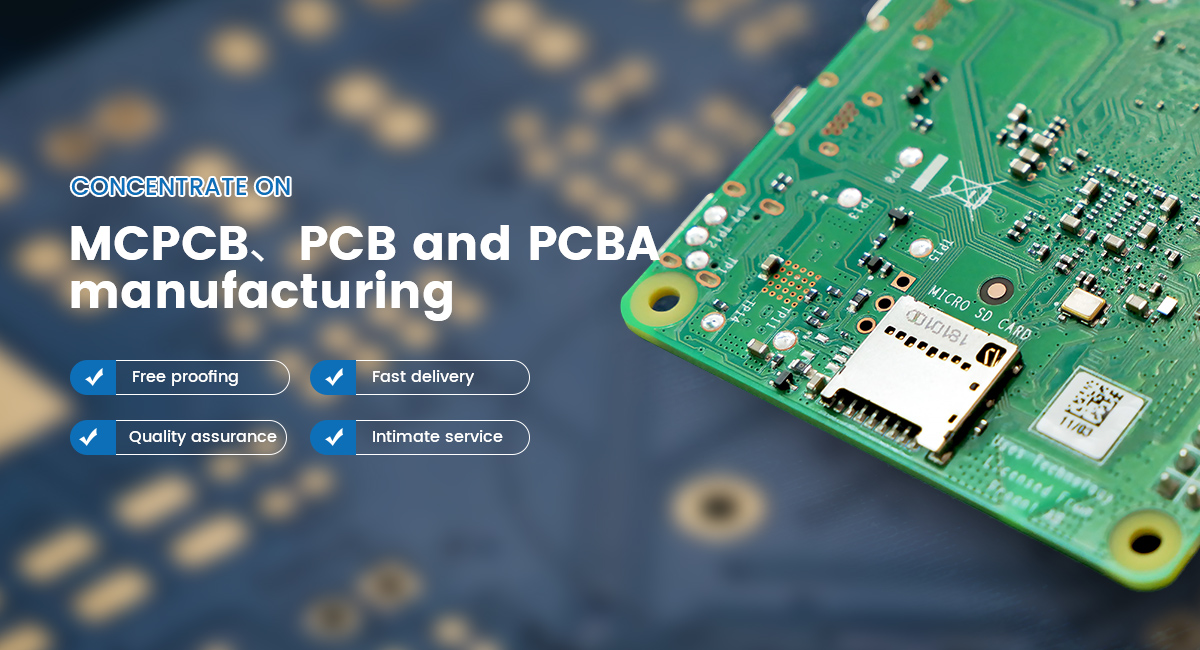Time:2022-08-10 Visit:
For products where the circuit and substrate are flush with the PCB, the copper surface is thicker, usually greater than 3oz, and the line width and spacing are also loose, usually greater than 8mil/8mil, which is more conducive to filling operations. In terms of glue filling, customers usually require that the protruding glue layer on the edge of the line should not be higher than 15um, and the center depression of the glue filling part should not be lower than 10um, as shown in Figure 1 below. In addition to meeting the requirements of conventional PCBs, in terms of reliability, the thermal shock test must be free from delamination and cracking of the adhesive layer.

Judging from the above board making requirements, this type of PCB requires that the circuit be filled with resin, and the center depression of the filling part should not be too large. The sinking problem can be better avoided by increasing the glue content to allow the resin to overflow. Glue presents an even bigger challenge. Degumming methods usually include laser degumming and grinding board degumming. However, for large-area circuits and thicker adhesive layers, it is more suitable to choose a grinding board to remove. But in the process of grinding board degumming, copper may appear. When the layer is too thin. In addition, local air bubbles or insufficient filling may be caused during the filling process due to line spacing, copper thickness, and resin characteristics, thereby affecting product reliability.
Lines and substrates are flush with circuit filling and debonding of the PCB
1. Line Fill
Glue filling is one of the difficulties in the board making of this product, and its workmanship quality is closely related to the resin type, copper thickness and line spacing. Generally, the lower the resin viscosity, the thinner the surface copper thickness, the wider the line spacing, the more fully filled, and the less air bubbles. Therefore, before deciding to use a certain resin for filling, it is necessary to conduct experiments to understand the filling properties of the resin.
Taking 4oz copper thickness as an example, test boards with different line spacings are designed to test the effect of resin filling, and the line spacing gradually increases from 8mil. The results are shown in the table below.
It can be seen that this test is still ideal, and full filling is achieved above 8mil line spacing, but it should be pointed out that when the copper thickness of the product increases or the line spacing decreases, or the resin is replaced, the filling needs to be re-measured. The glue filling capacity ensures that the production capacity can meet the glue filling demand.
2. Glue removal from the board
Although the resin that overflows during the glue filling process can effectively avoid the depression of the central area of the glue filling, too much glue overflow will increase the difficulty of the glue removal process. To remove the glue with a grinding board [1], you can usually use a belt grinder to grind the whole board, and then use a manual grinding device to grind off part of the residual glue. The processing idea is to polish the whole board to reduce the overall thickness of the adhesive layer until the copper skin of the surface circuit is exposed. Subsequent manual grinding of the local glue residue can remove thick glue residue and reduce the wear degree of the copper surface, as shown in Figure 2 below.
In the process of actually grinding the board and removing the glue, the worst case is that when the surface of the board is partially exposed, there is still a large area of residual glue that needs to be handled manually. Obviously, this is a huge job. In order to reduce this situation, the thickness of the overflowing glue and the uniformity of the surface should be controlled during the glue filling process, such as optimizing the squeegee process or letting it sit for a period of time after glue filling, and post-processing after the glue layer is flat.
Process design of circuit and substrate flushing PCB
Through the description of the above problems and solutions, the general board making process has begun to be clear. Here we take the multi-layer board structure as an example.
The difference between the design of this process and the production of conventional PCB products is that the bottom copper of the outer copper thickness is almost the finished copper thickness. Based on this feature, the outer line and hole processing process is roughly first etching thick bottom copper lines, then filling the lines with resin, then drilling and metallizing the holes, then plating the holes separately to increase the copper thickness of the holes, and finally etching and filling the parts with glue Thin copper layer. Thus meeting the requirements of conventional PCB production and the requirement that the circuit is flush with the substrate